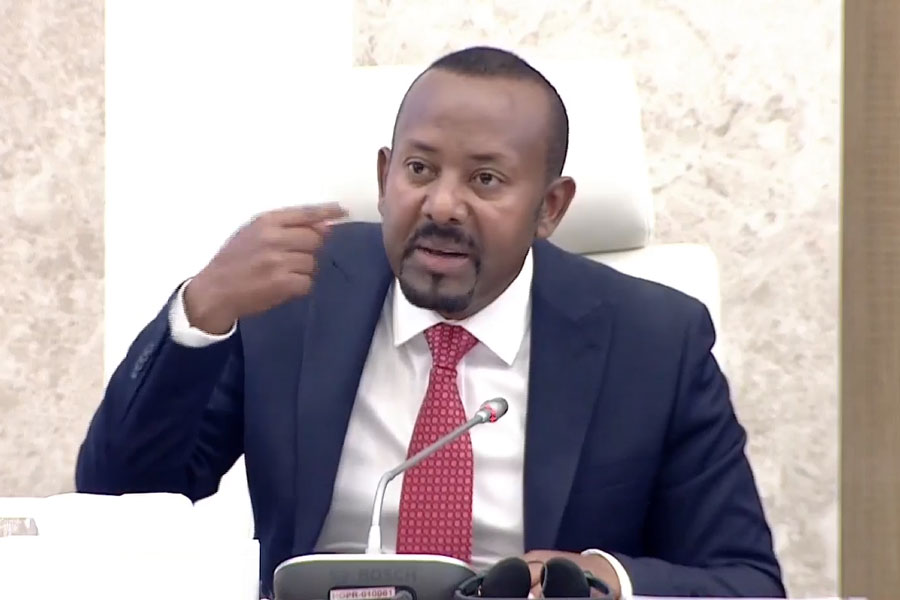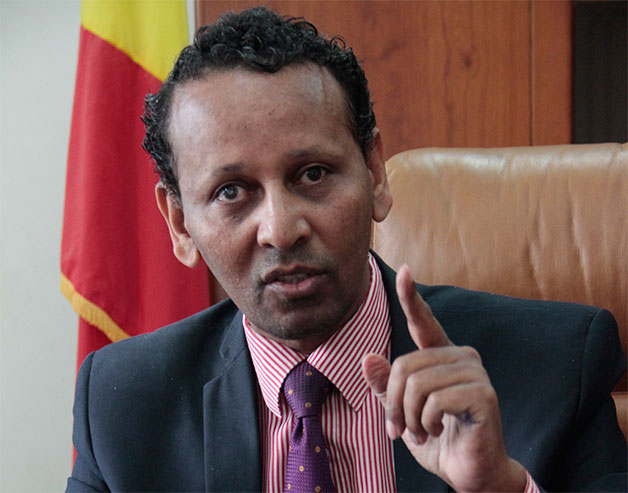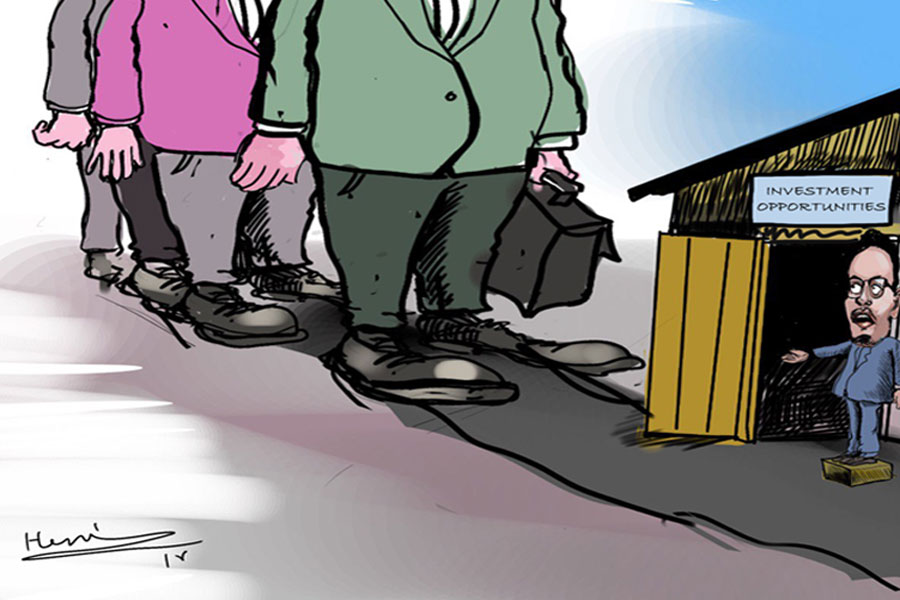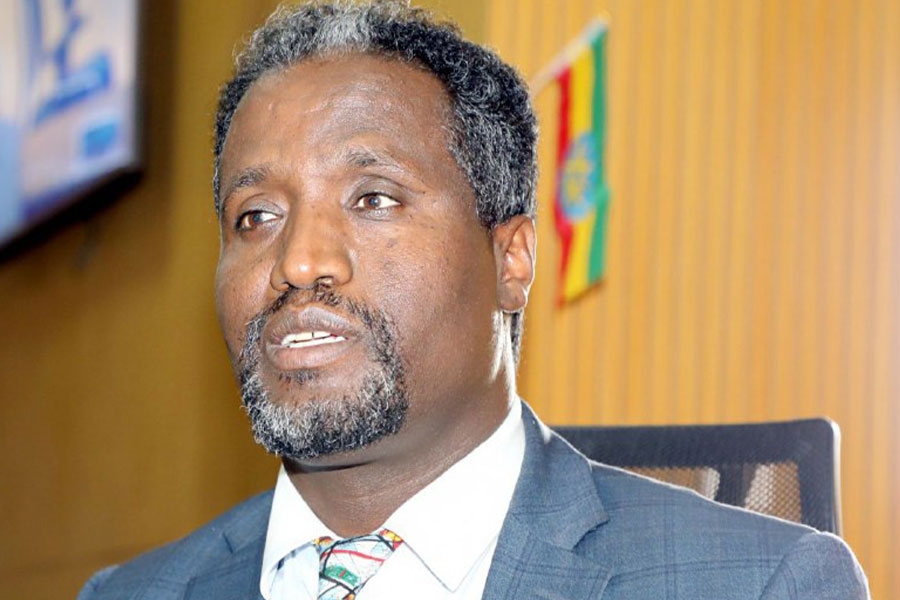
Sep 14 , 2024.
Successive regimes share a common legacy: a deep-seated commitment to education as a vehicle for economic growth and social mobility. From the reign of Emperor Menelik II to the present day, each administration could be subject to all sorts of criticism but prioritising investments in the education sector.
Menelik II is remembered for establishing Ethiopia's first cabinet with education as a key portfolio. Emperor Haile Sellassie is often credited as the father of modern education, having expanded access and introduced formal schooling systems and moonlighting as its minister. Mengistu Hailemariam's (Col.) government took pride in its nationwide adult literacy campaign, which earned international praise. However, the unprecedented expansion came under Meles Zenawi, whose administration allocated over 20pc of the federal budget to education, a substantial investment that drastically widened access to schooling across Ethiopia.
Today, public investment in education remains noteworthy. Taking the baton from its predecessors, Prime Minister Abiy Ahmed's (PhD) administration has earmarked on average 23pc of its federal budget for the sector, placing it among the highest in Africa. The allocation to higher education constitutes roughly four percent of the GDP. The long-standing focus demonstrates the recognition of education's role in development, yet the higher education system faces daunting limitations as the sector is buckling under the weight of its rapid expansion.
Next year, the sixth edition of the ambitious five-year program to develop the education sector will close. If it goes according to budget, an unlikely trait in public spending, the program will cost nearly 144 billion (1.2 billion dollars at last week's prices). But, a funding gap of 60 billion Br would have threatened to undermine these efforts, impeding infrastructure improvement, recruitment of qualified staff, and provision of critical services like student housing, food and laboratories.
Ethiopia is not alone in this struggle. Countries with similar socio-economic levels — Nigeria, Egypt, and Bangladesh — also struggle with balancing the expansion of their education systems against limited resources.
Nigeria, Africa’s largest economy with a population of over 200 million, spends only six percent of its federal budget on education and devotes 1.7pc of its GDP to higher education. Its larger economy affords more flexibility in the long term should its governments reprioritise funding.
Egypt, with a population of 112 million, spends around 12.5pc of its budget on education, with 2.5pc of its GDP devoted to higher education. Its system, anchored by established institutions like Cairo University, faces fewer growing pains than Ethiopia’s. Yet Egypt, too, struggles with overcrowded classrooms and underfunded rural universities. While Ethiopia allocates a higher share of its budget to education, Egypt’s mature system benefits from decades of investment, giving it an advantage in resources and infrastructure.
Bangladesh, a country of 169 million people, allocates 12pc of its federal budget to education, with two percent of GDP earmarked for higher education. Bangladesh faces worrisome social and economic issues like Ethiopia, including rapid population growth and limited resources. However, its education system remains smaller and less expansive than Ethiopia’s, though both countries confront similar problems related to quality and access.
Comparing these countries illustrates that Ethiopia’s investment in education is bold by any standard. But the country’s system is underfunded relative to its expansion. An aggressive drive to increase the number of universities under the Revolutionary Democrats, especially in underserved regional states, has led to inadequate infrastructure, teachers shortages, and regional inequalities. The system is expanding faster than federal and regional governments' ability to maintain standards, raising credible concerns about quality.
The higher education system is undeniably ambitious, but the rapid growth has exposed systemic weaknesses.
In the two decades beginning in 2000, the number of public universities increased from two to more than 50, and student enrollment surged past one million. However, this growth has not been accompanied by a proportional rise in funding. The student-to-teacher ratio in many universities exceeds 30:1, well above international best practices of 15:1. The majority of faculty members in newer institutions hold only undergraduate degrees, limiting the quality of instruction and research.
In states like Afar and Somali, universities mirror the social and economic disparities across the country. These institutions often operate with poor infrastructure and limited funding, contributing to ever-growing gaps in educational outcomes. Students attending newer universities face a markedly different experience than their peers in established institutions like Addis Abeba or Jimma universities. Overcrowded classrooms, outdated facilities, and a lack of research opportunities are common. Dropouts are exceptionally high in pastoralist regions where the curriculum often feels disconnected from the local way of life.
Addis Abeba remains the epicentre of the higher education ecosystem. The country’s flagship institution, Addis Abeba University, enjoys relatively better infrastructure and access to research funding than universities in less-developed regions. The disparity in resources and opportunities between Addis Abeba and universities in places like Afar and Gambella points to a growing inequality within the system.
Despite increasing budgetary commitments, expenditure on students has seen a troubling decline. The existing funding shortfall is bound to exacerbate, as studies project the number of students in public universities to increase by 40pc in the years to come. The pressure risks further eroding the quality of education, a concern heightened by the prevailing macroeconomic problems, including high inflation and rising public debt, and the ongoing militarised conflicts, including in the two largest regional states in the federation.
Nonetheless, expanding the higher education system is not in vain, as it has yielded some notable successes. Universities in Addis Abeba and Jimma continue to produce graduates in fields like medicine and engineering who play crucial roles in the labour market. The federal government’s emphasis on STEM education could be seen as a positive step, though its implementation remains uneven. Newer institutions like Addis Abeba Science & Technology University are attempting to address the skills gap, but the pace of reform has been slow.
The continued investment in education may set Ethiopia apart from other countries with similar socio-economic profiles, but it faces the same pitfalls as its peers. The puzzle lies in translating this investment into quality outcomes for all citizens. Without a determined effort to address funding, infrastructure, and inequality issues, the country’s higher education system may struggle to keep pace with its ambitious development agenda.
The question of university autonomy has gained traction in the academic circles as a response to the gap between ambition and reality. Granting universities more independence could allow them to respond better to market demands and attract private funding. Ethiopia’s experience contrasts with that of autonomous institutions in advanced economies, such as Ivy League universities in the United States, which benefit from financial and academic freedom. These institutions have produced world-class researchers and innovators because they can form partnerships with industries and secure external funding.
Critics of autonomy point to the potential for corruption, nepotism, and fuelling inequity, arguing that public oversight remains necessary to ensure fairness in access to education.
Ultimately, the higher education system reflects the nationwide socio-economic inequalities. Successive governments' long-term vision appears to use education as a lever for economic growth. However, unless the state can bridge the funding gap and ensure equitable distribution of resources, the country risks creating a two-tier system where students in wealthier and urban areas enjoy far better opportunities than those in marginalised, rural regions.
PUBLISHED ON
Sep 14,2024 [ VOL
25 , NO
1272]

Fortune News | Jun 29,2024

Radar | Jun 11,2024

Fortune News | May 11,2019

Commentaries | Apr 20,2024

Addis Fortune | May 12,2024

Radar | Jun 21,2025

Fortune News | Apr 13,2019

Radar | Apr 30,2024

Viewpoints | Apr 10,2023

Editorial | Jun 15,2024

Photo Gallery | 177895 Views | May 06,2019

Photo Gallery | 168106 Views | Apr 26,2019

Photo Gallery | 158828 Views | Oct 06,2021

My Opinion | 137020 Views | Aug 14,2021

Dec 22 , 2024 . By TIZITA SHEWAFERAW
Charged with transforming colossal state-owned enterprises into modern and competitiv...

Aug 18 , 2024 . By AKSAH ITALO
Although predictable Yonas Zerihun's job in the ride-hailing service is not immune to...

Jul 28 , 2024 . By TIZITA SHEWAFERAW
Unhabitual, perhaps too many, Samuel Gebreyohannes, 38, used to occasionally enjoy a couple of beers at breakfast. However, he recently swit...

Jul 13 , 2024 . By AKSAH ITALO
Investors who rely on tractors, trucks, and field vehicles for commuting, transporting commodities, and f...

Oct 25 , 2025 . By YITBAREK GETACHEW
Officials of the Addis Abeba's Education Bureau have embarked on an ambitious experim...

Oct 26 , 2025 . By YITBAREK GETACHEW
The federal government is making a landmark shift in its investment incentive regime...

Oct 27 , 2025
The National Bank of Ethiopia (NBE) is preparing to issue a directive that will funda...

Oct 26 , 2025 . By SURAFEL MULUGETA
A community of booksellers shadowing the Ethiopian National Theatre has been jolted b...